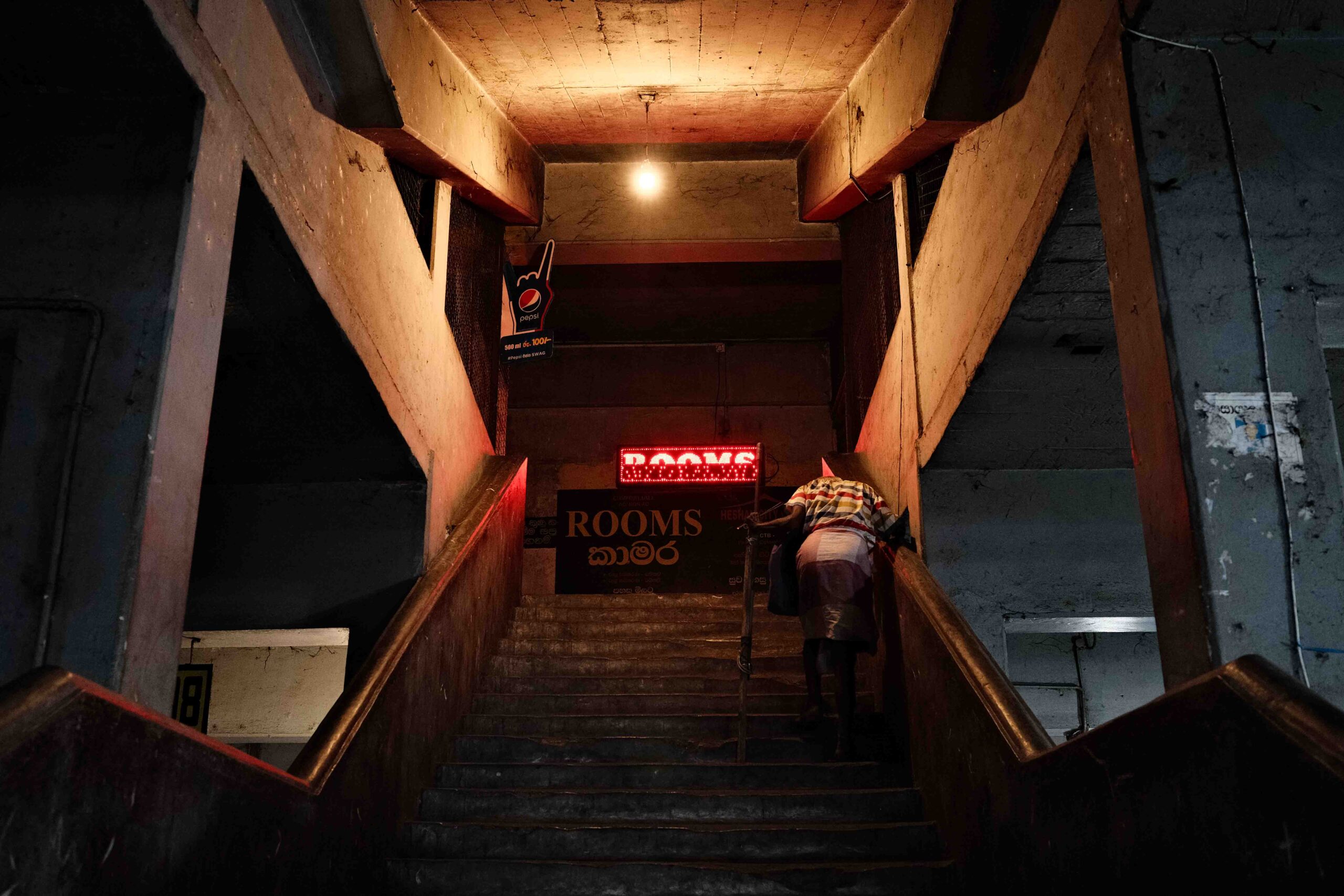Street photography is perhaps my favourite genre within the discipline. And while there are others I respect more, such as documentary. You can’t beat how accessible and enjoyable the genre is to most at any given time. Moreover, the art of street photography, when done well, can restructure our view of reality. Not in any overarching philosophical sense, but by enabling us to rethink how we perceive the aesthetic forms and the actors engaging in our three dimensional environment. Introduction To Street Photography.
If you are just dipping your feet into the genre, this article is for you. Below, I will briefly touch on a few key elements of street photography, such as its history, techniques, and the stories it seeks to convey. Introduction To Street Photography.
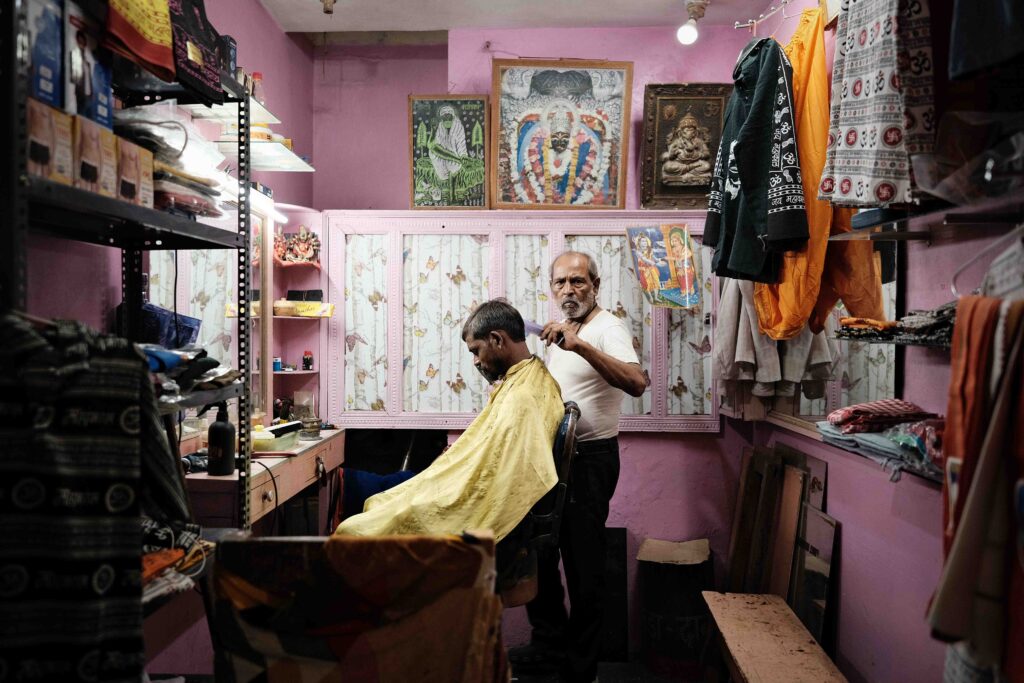
An Introduction To The History of Street Photography
For a layman, the term street photography could easily envision a genre dedicated to shooting alleyways, lap posts and signage. And while these components do exist in its content, they are chiefly used as compositional features, not the subject matter itself.
Instead, street photography is more of a vehicle for storytelling. Aiming to capture the candid quintessentialness of moments otherwise regarded as mundane and arbitrary to the untrained eye. In fact, its nature of juxtaposition, of bringing vividity to the humdrum, is perhaps its most endearing feature.
The first-class photographs in this space often combine strong visual narratives in well-composed scenes. Communicating to an audience the essence and character of the locations and people they document.
Unlike more traditional areas of photography, such as landscape or portraiture, street photography is often fast-paced and highly random. It thrives on spontaneity and the art of being in the right place at the right time. Introduction To Street Photography.

A Historical Introduction To Street Photography
The origins of street photography date back to the mid-19th century, when cameras had begun to move away from research laboratories and into the hands of those who could afford them. However, due to their cumbersome physical nature and long exposure times, photographers had a challenging time capturing the liveliness of the streets.
Charles Nègre was the first photographer to attain the technical sophistication required to register people in movement. Which he did on the street of Paris in 1851. Later, in 1877, John Thomson, working with journalist and social activist Adolphe Smith, published Street Life in London in twelve monthly instalments. With this, the Scotsman played a defining role in highlighting the significance of the streets as a subject.
Due to the growing accessibility of cameras at the start of the 20th century, many influential figureheads began to emerge in the rapidly flourishing industry. Names like Eugene Atget, Berenice Abbott, Paul Martin, Walker Evans, Helen Levitt, Nancy Newhall and Robert Frank, to name a few, would all make their novel contributions to the evolution of photography.
But, It wouldn’t be until 1925, with the successful release of the first Leica 35mm film camera, that street photography would begin assuming its modern-day form. Due to its compactness, bright viewfinder, and quality fast lenses, photographers could now manoeuvre themselves throughout the busy streets to capture the candid and intimate moments previous devices could not.
One street photographer who utilised this new compact form is the infamous Henri Cartier-Bresson. Best known for his widely admired Images à la Sauvette or, better known in English as, The Decisive Moment (1952). A term he would later coin and define as “when form and content, vision and composition merge into a transcendent whole”. Many regard Cartier-Bresson as the father of street photography. Introduction To Street Photography.
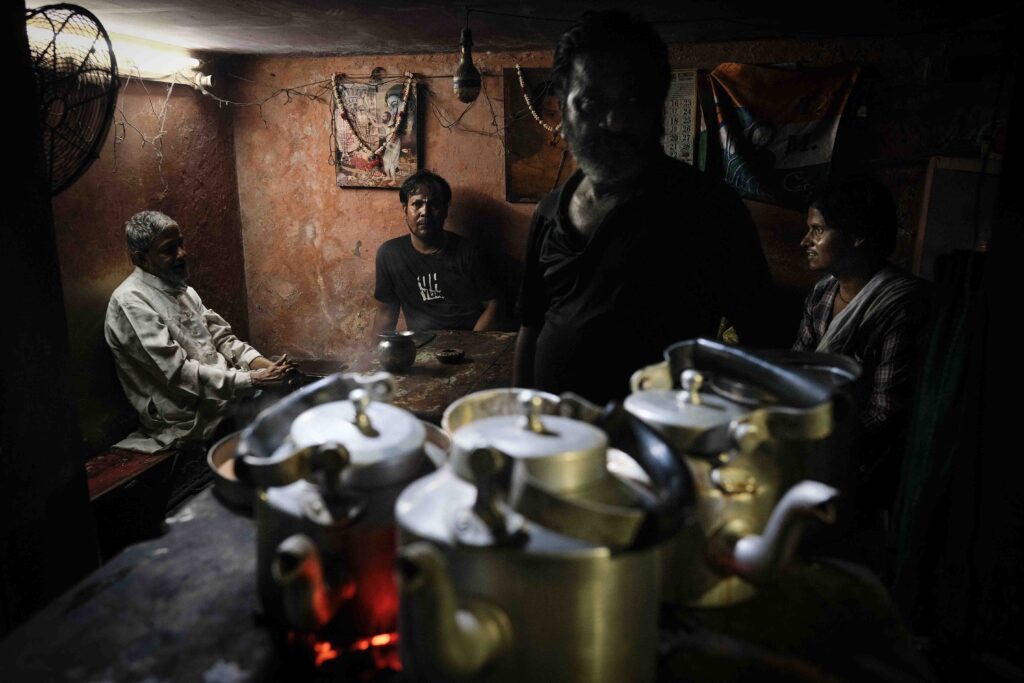
An Introduction To Street Photography Characteristics
Candid Moments
Candid street photography is all about capturing the off-the-cuff authentic moments that unfold in front of the lens. These moments can be humorous, emotional, thought-provoking, silly, energetic, or anything. The crucial thing is they reveal the human experience in a confrontationally raw yet beautiful form.
Urban Exploration
The Urban environment is the street photographer’s playground. In it, the artists will explore public places such as avenues, squares, markets, parks, beaches, and public transport. Fortunately, no matter where one goes in any urban environment alluring subject matter is always readily available.
Framing & Composition
Street photography is more than capturing the sincere stories unravelling amidst the concrete, brick and mortar. Skilled street photographers will have trained their eyes to pay meticulous attention to the elements of leading lines, framing, juxtaposition, and the rule of thirds to compose their stories with visually compelling imagery.
Black & White vs. Colour
Whilst there is no right or wrong answer here, both black & white and colour photography have forcible rationality for their use. On one hand, colour photographs have the potential to capture a scene in all its detail, vibrancy and character. Whereas black and white images will often reduce their visual complexity, lending to a greater focus on forms, contrasts, or specific elements within the frame.
Minimalism & Simplicity
Reducing the level of observable noise within the frame of a photograph is essential for high-class street photography. Downsizing the focus to one or a few subjects within a composition is paramount to lessen any distractions from the subject matter. Due to the busy nature of urban environments, the skill is challenging to develop. However, it is a must-have addition to any street photographer’s toolkit.
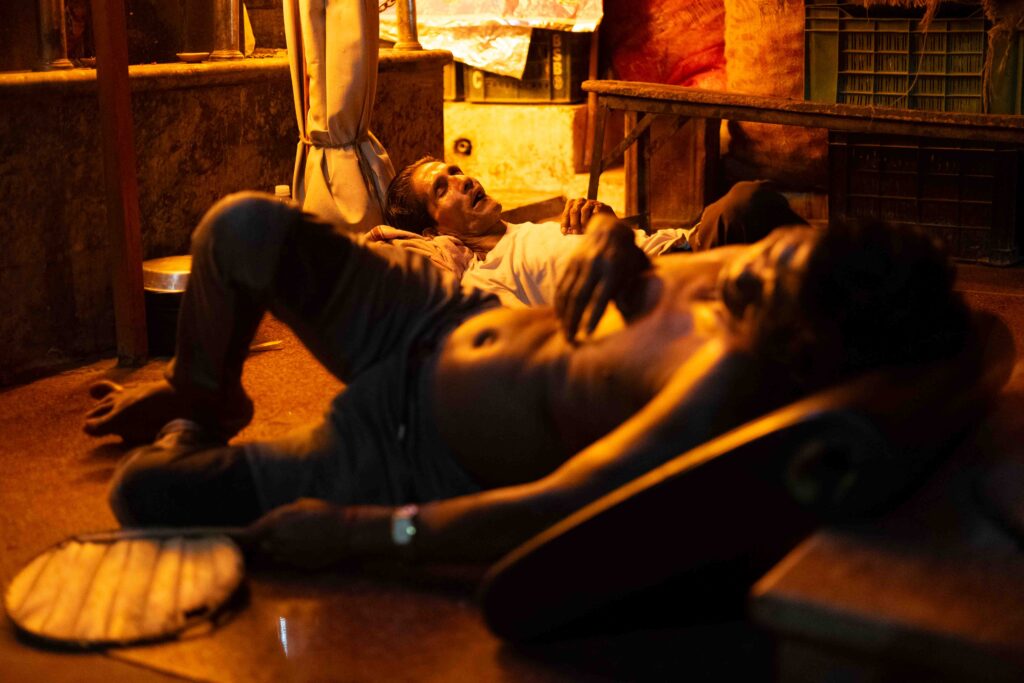
An Introduction To Street Photography Techniques
Observation
Successful street photographers are keen observers and practically have a sixth sense when it comes to predicting the outcome of events. And to boot, if necessary, have the patience and focus to remain in situ until the decisive moment unfolds before them.
Approach
Getting close to a subject often results in the most striking imagery. However, this requires courage and tactfulness from a photographer, especially if they are to maintain a stealth approach and avoid corrupting their scene. These associated soft skills are as essential for the street photographer to master as the technical elements of the craft.
Use of Light
The use of light is arguably the most crucial factor in every genre of photography. And street photography is no exception. The artist must always be conscious of how it interacts with their scenes to utilise the effect of shadows, reflections, soft and hard light, framing and other photonic values.
Camera Settings
Camera settings will, of course, vary depending on the subject and style of the image. However, wide apertures and fast shutter speeds are often essential for shooting in high-paced environments. To increase the speed of their cameras, many street photographers will opt to use prime lenses.
Editing
Depending on the photographer’s style, post-processing can play a significant role in the outcome of the final image. In most cases, it is crucial not to go overboard at this stage, as less is more when editing. However, even minute enhancements of exposure, contrast, temperature and cropping can transform images.
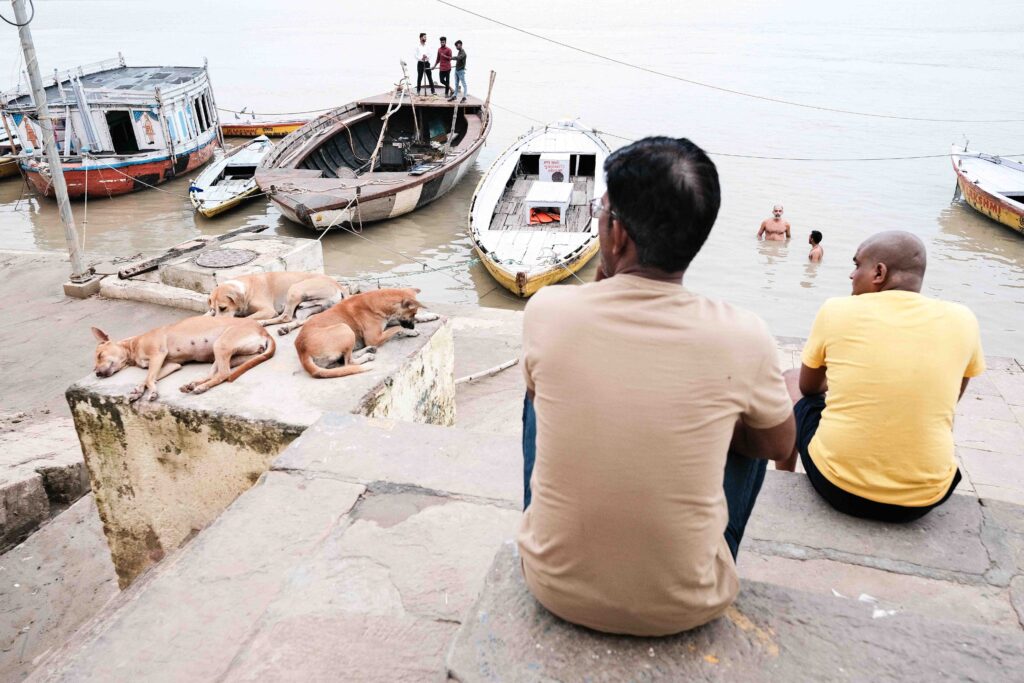
An Introduction To Street Photography Stories & Styles
Every worthwhile street photograph communicates a story, concept, or emotion. Within its four walls, the square imprint of traced reality may speak of a fleeting moment of human connection, a glimpse into a different culture, or a commentary on an urban environment during a point in time. These stories should also invite their audiences to contemplate, empathise, and connect with their subjects in a way that enhances their consciousness.
What is more, the style of the street photographer is just as vital. For starters, without developing an aesthetically appealing visual style, the photographs are unlikely to find an audience. A conclusion okay for the amateur and hobbyist photographer. However, for those whom the muse of inspiration flows, it can be a disheartening outcome for a lifelong investment and sacrifice. Moreover, a style developed through the years and locations travelled speaks of its own story. One more compelling than any set of images it produces.
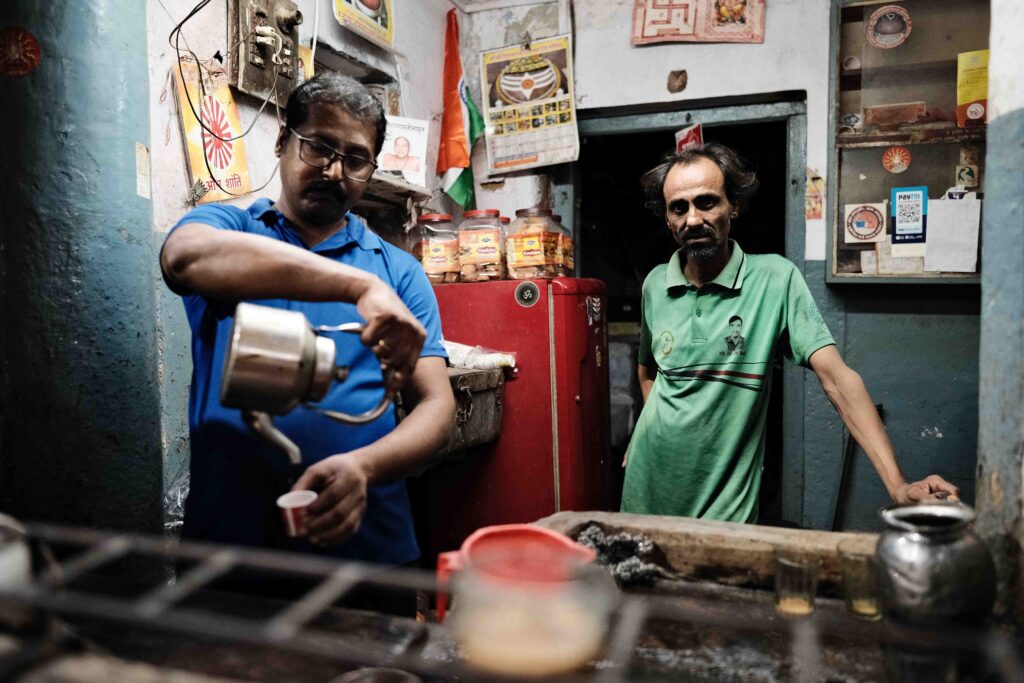
Conclusion
Street photography is a captivating art form that empowers photographers and their audiences to explore the world around them through neatly condensed frames of frozen time. It is a celebration of the mundane and the routine of everyday life we are all guilty of taking for granted. Moreover, It helps us explore and reflect on our nature as humans on earth by showcasing the attributes of our condition, the societies we erect, and the inevitable shadows we often prefer to conceal.
So, if you are interested in exploring street photography further, I implore you to do so. The road to mastery will be long and arduous. However, if you are successful in the endeavour, you will hold a power strong enough to shift cultural perspective. Or, create an archive of humanity for future reflection. On the other hand, more humbly, Just relieve the stress of a 9-5 with a creative pursuit. Either way, its pursuit is worthwhile. Meaning it’s time to grab your camera, hit the streets, and capture the stories waiting for you. Introduction To Street Photography.

